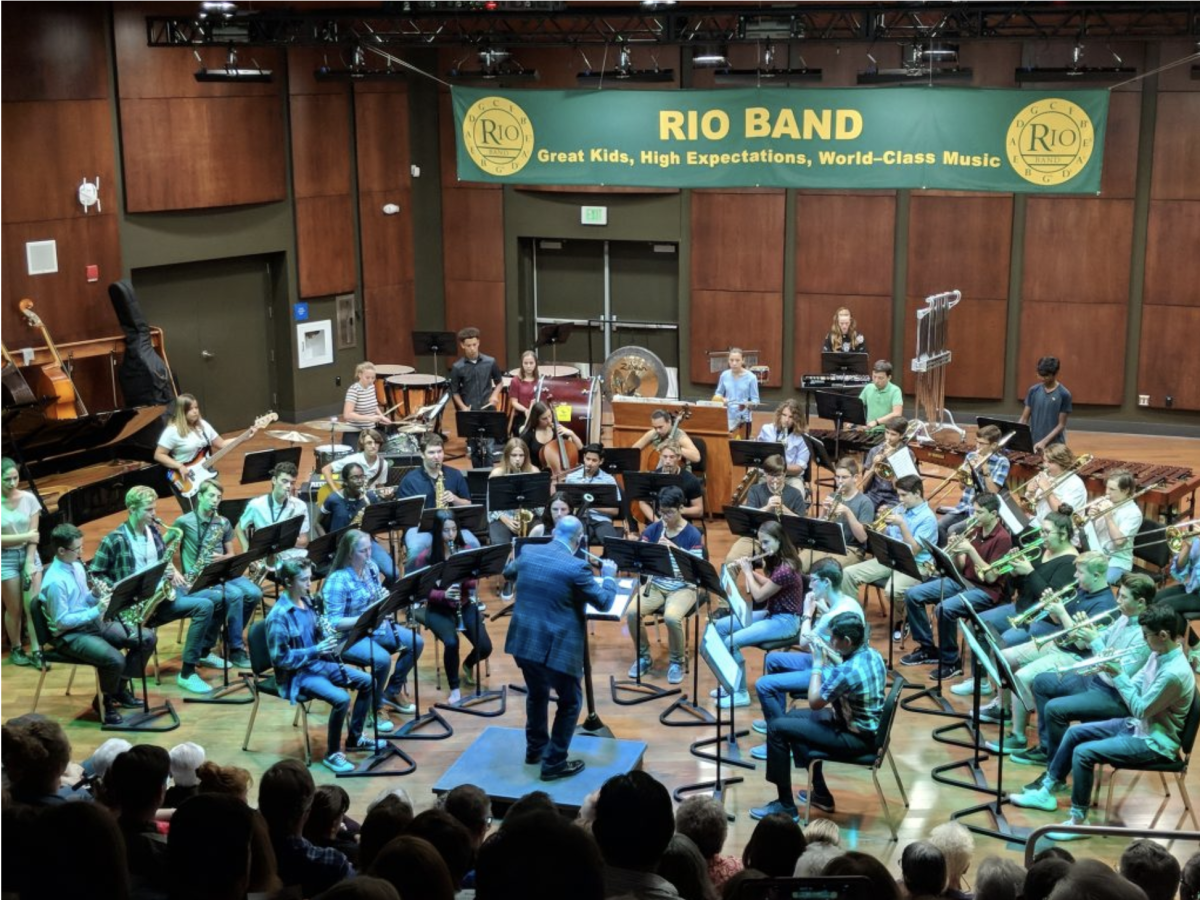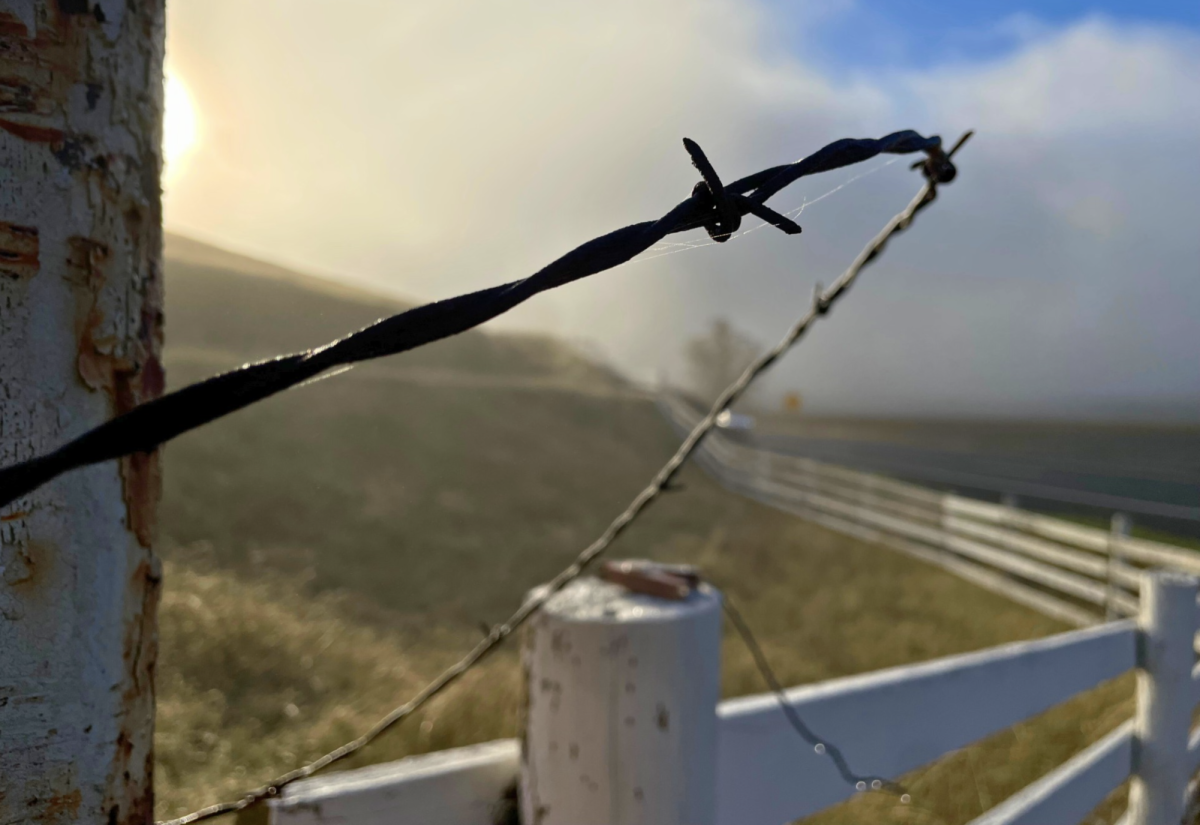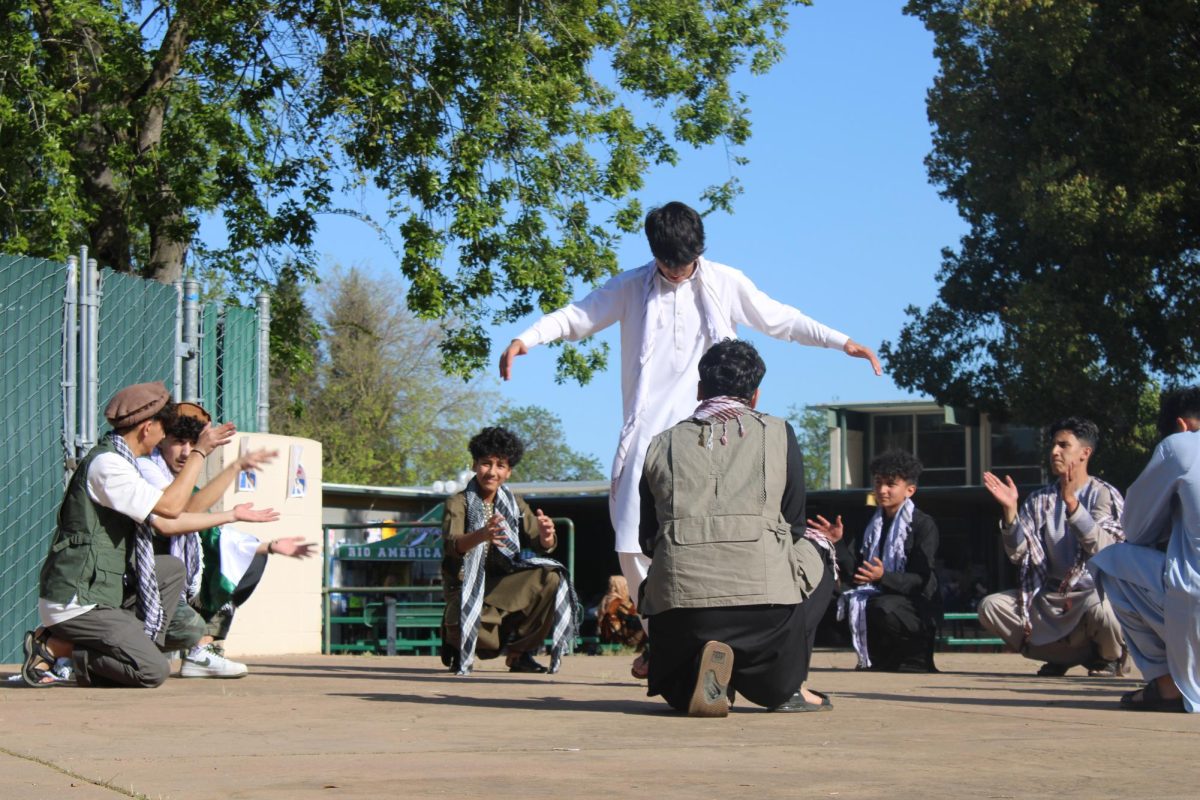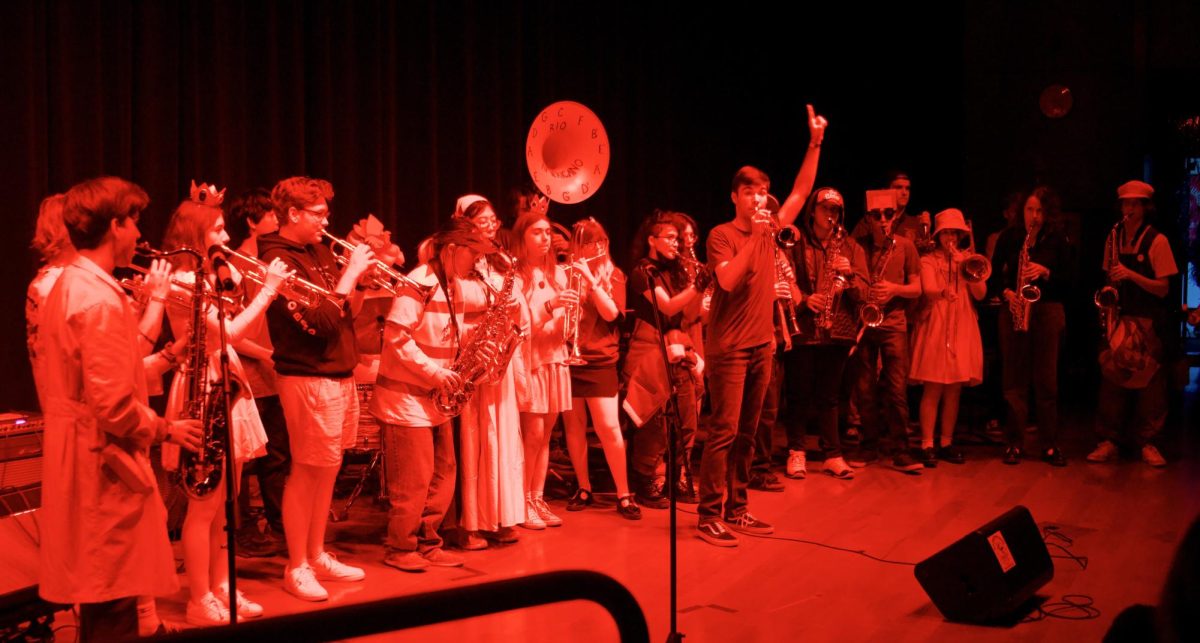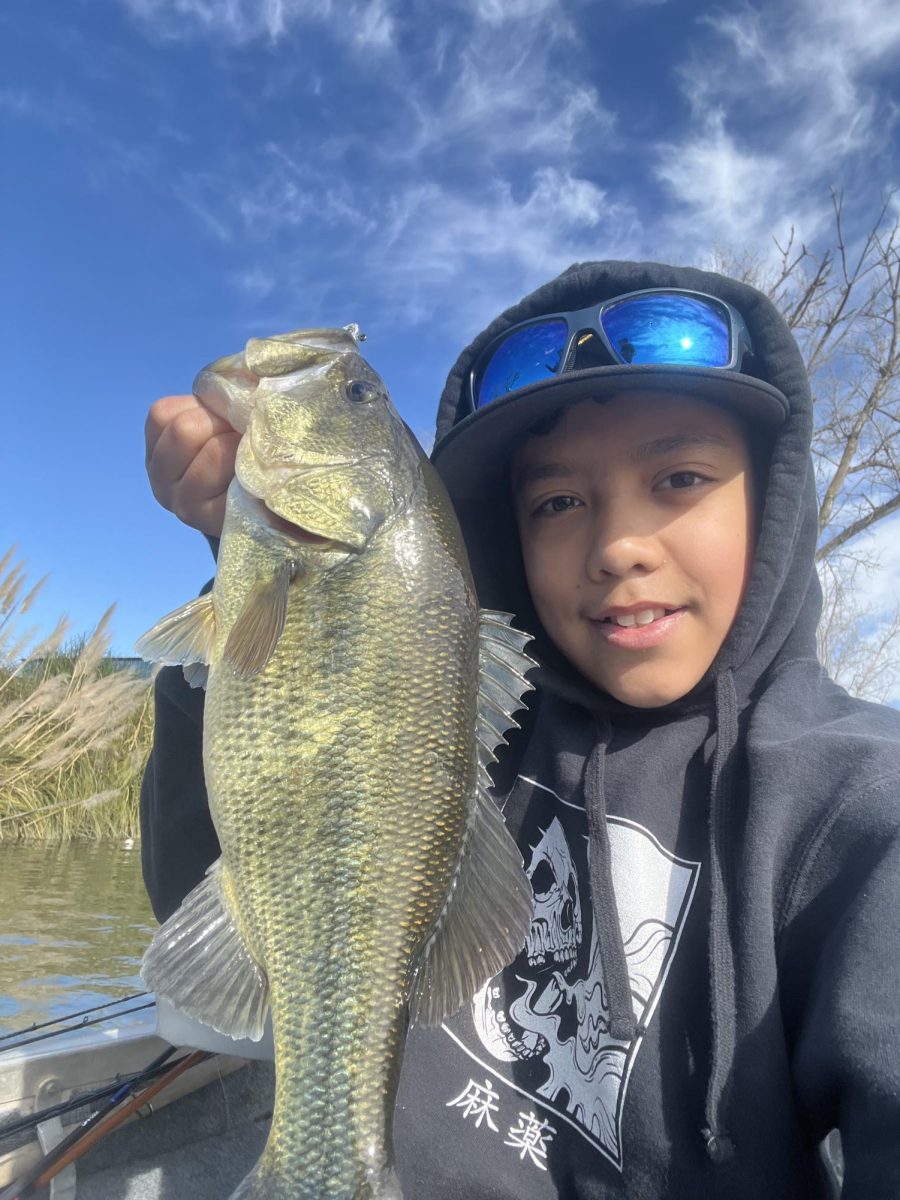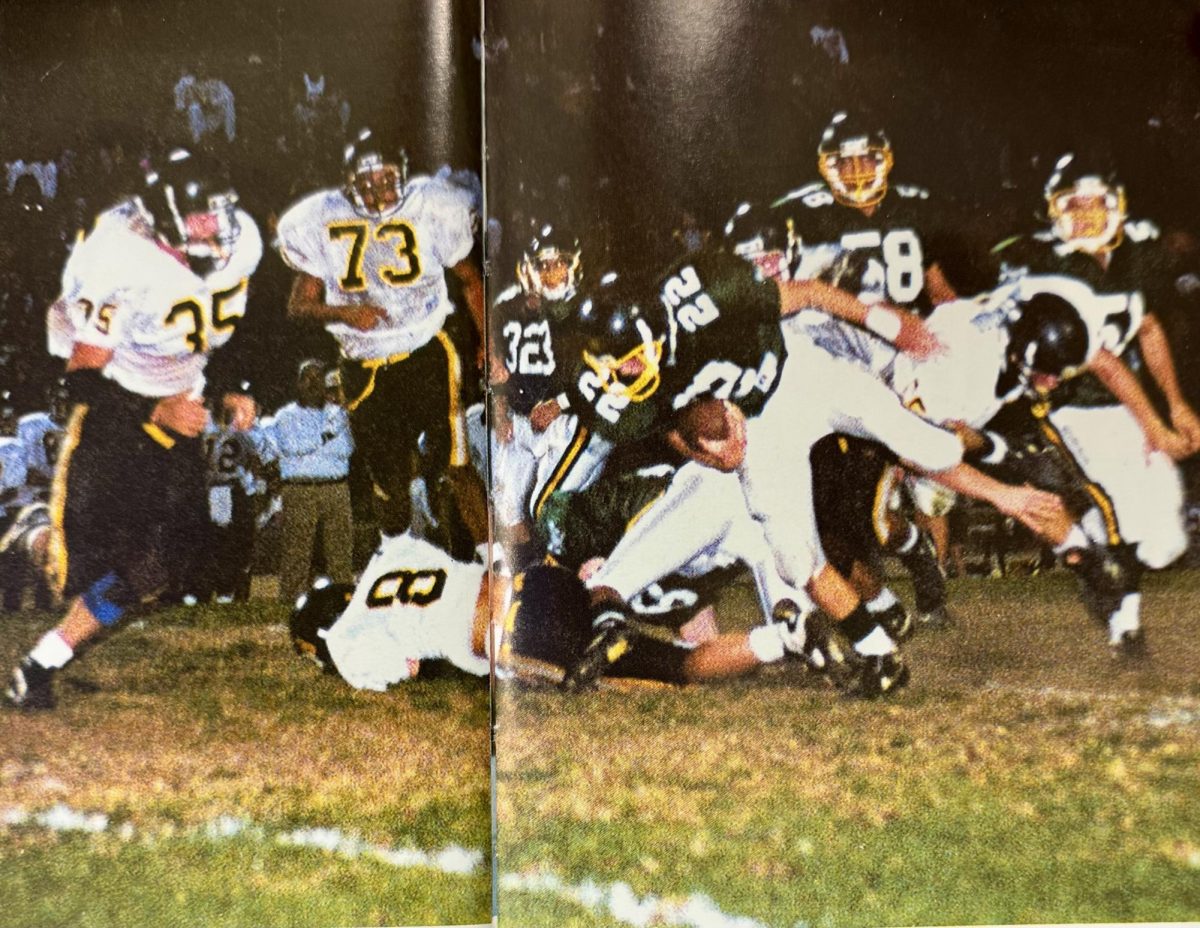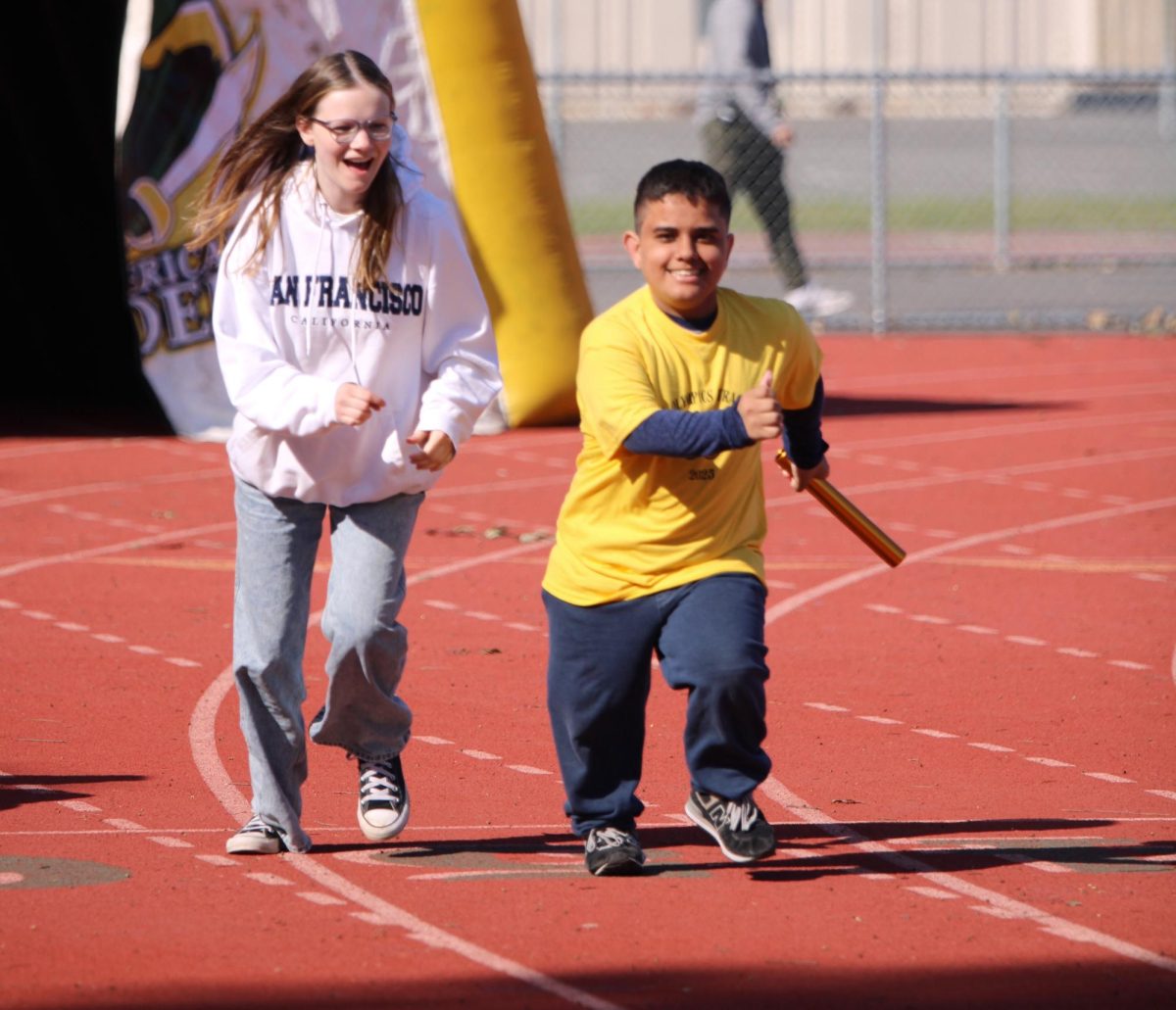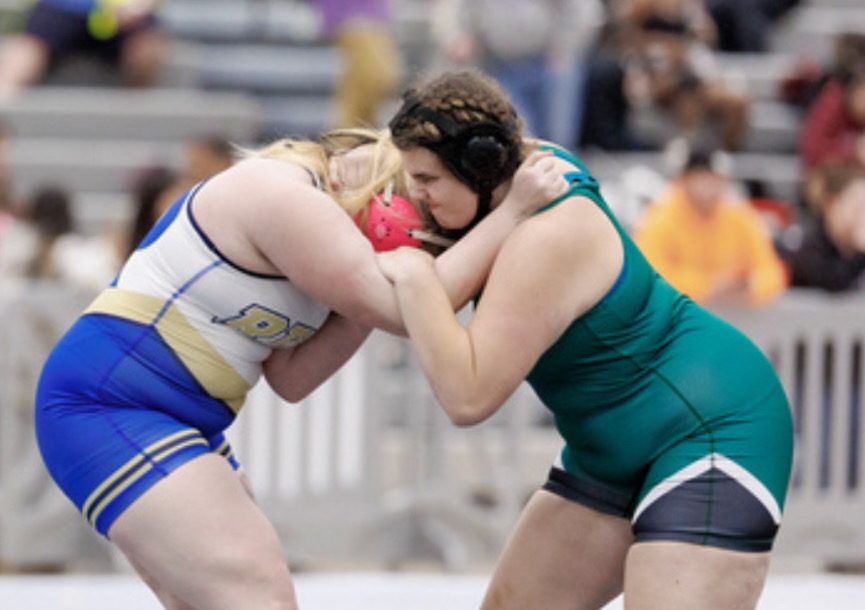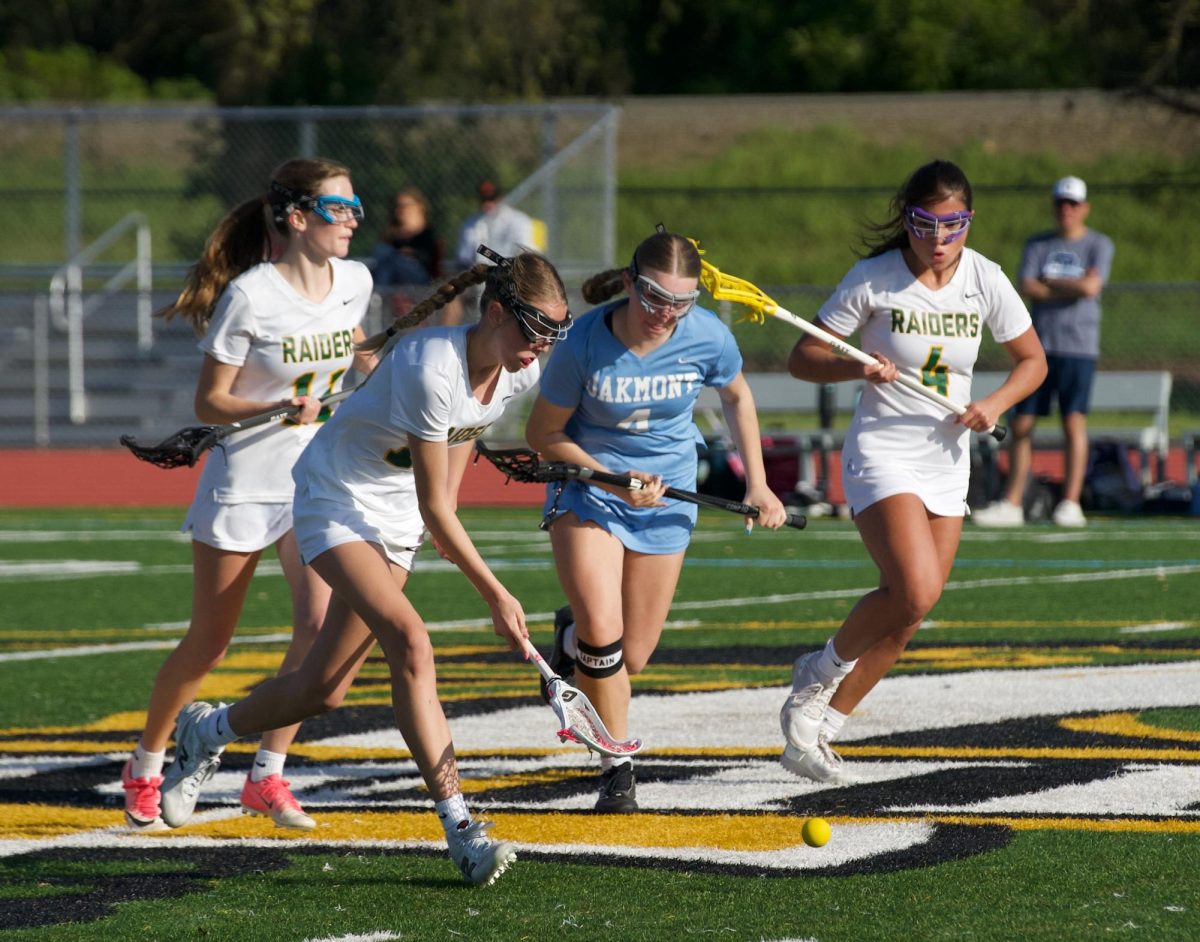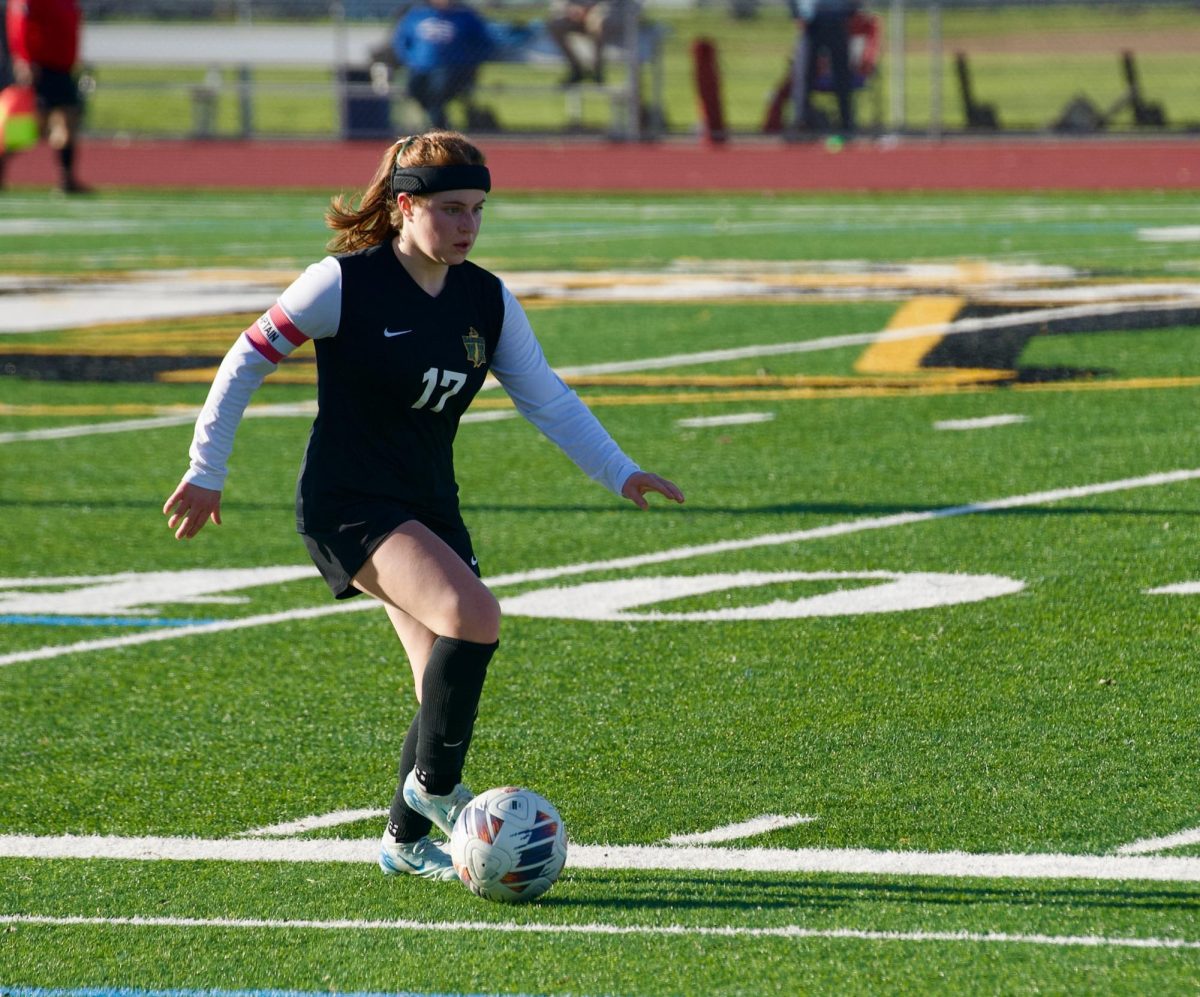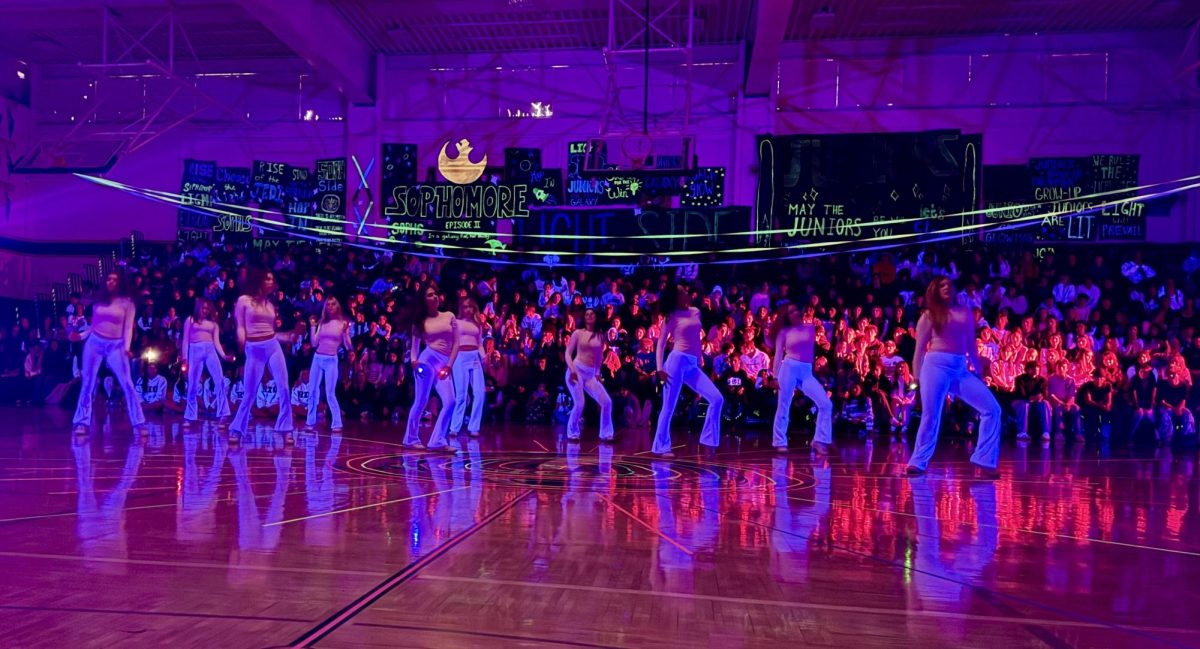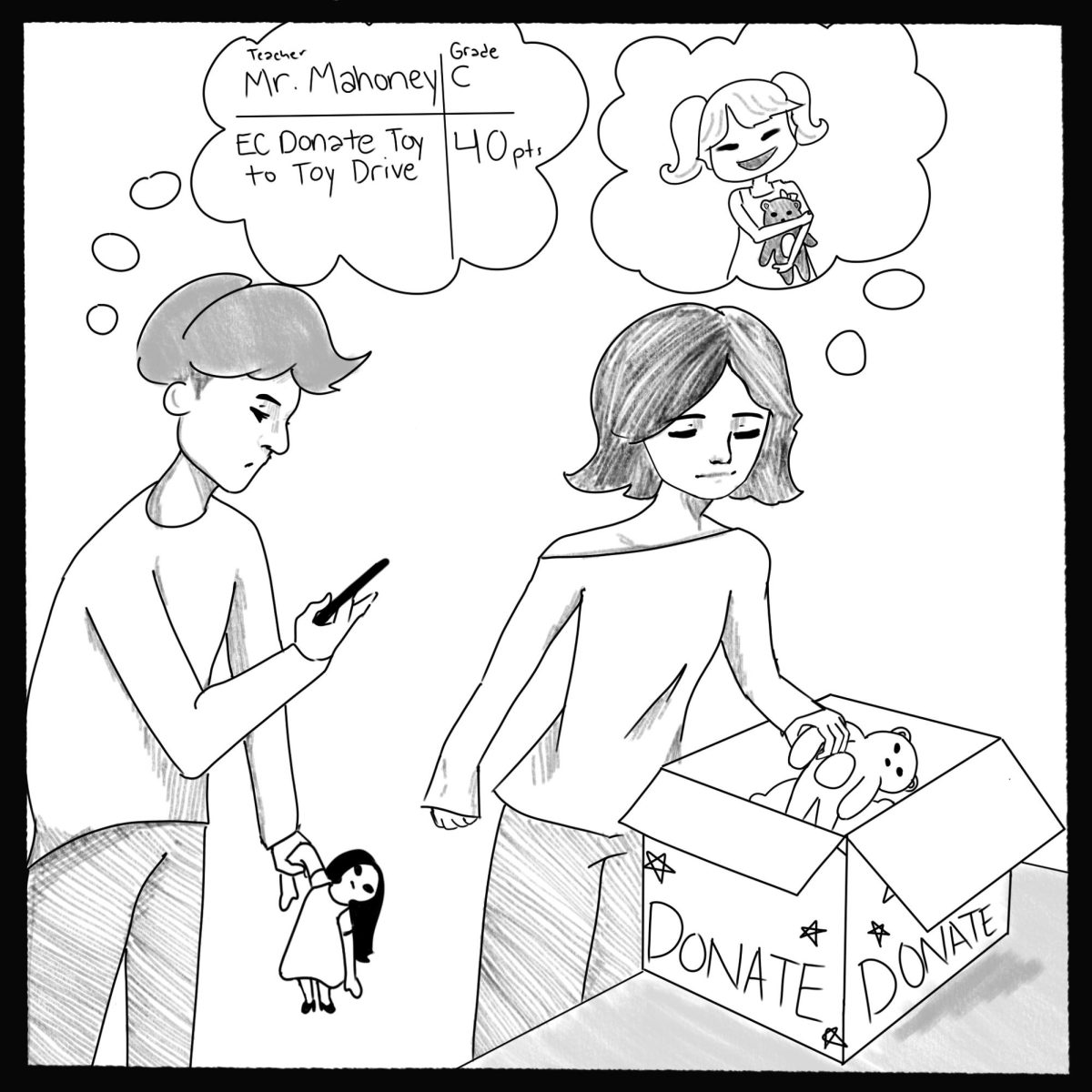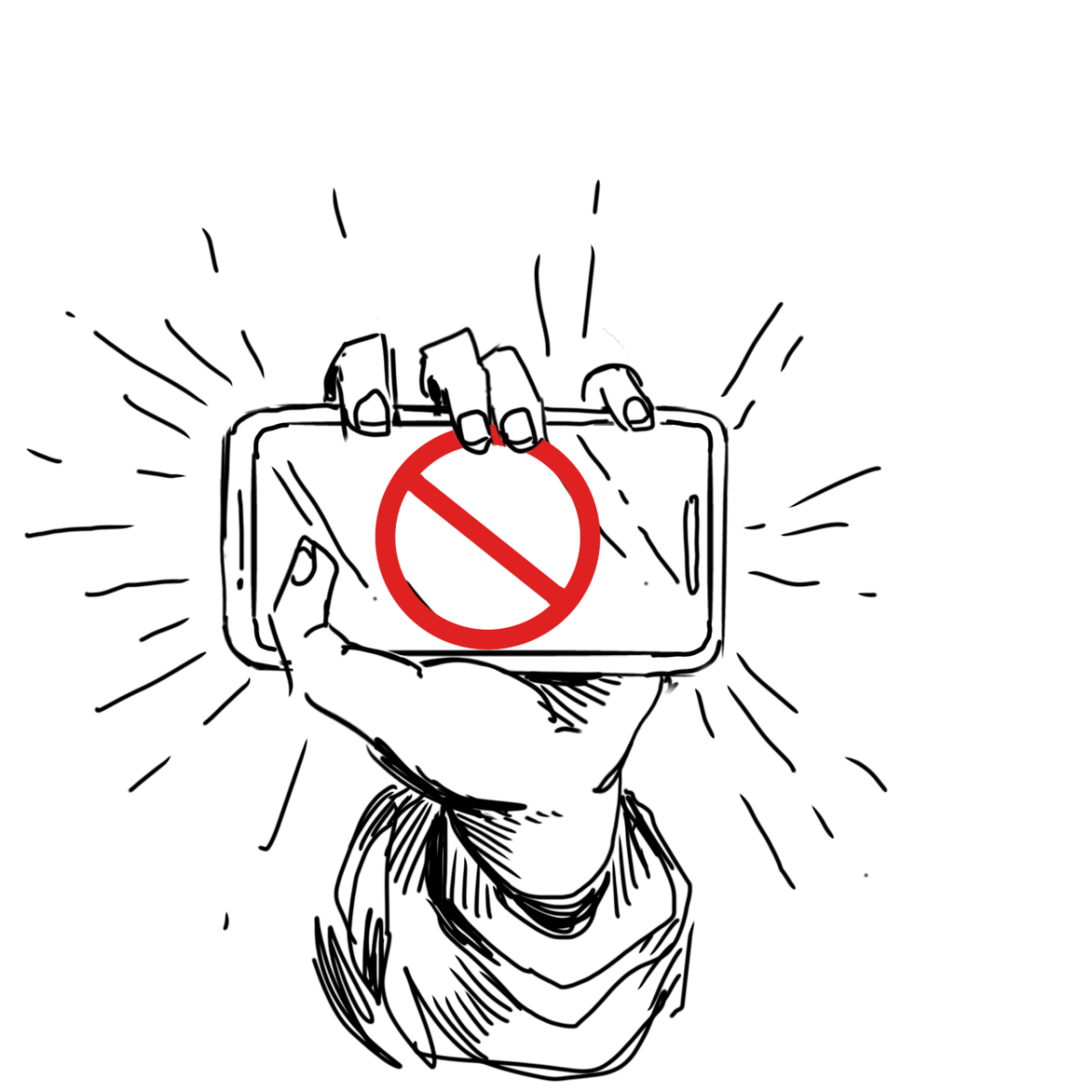Picture America’s gun violence problem. Maybe you imagine gangs fighting in the streets, gunshots echoing in residential neighborhoods. Maybe you imagine students streaming from schools, faces soaked with tears, clothes soaked with sweat and blood. Maybe you imagine movie theaters, supermarkets, and Fourth-of-July parades, all punctured with bullets. Maybe you deny that America has a gun violence problem at all, despite our country having 565 mass shootings in 2023 as of Oct 26.
Yet, these pictures are incomplete. They fail to acknowledge the inextricably intertwined relationship between gun violence and domestic violence. According to Everytown, a gun safety organization, 70 women are shot and killed by intimate partners each month, approximately the same number of people who were killed in mass shootings in 2022. If we want to eliminate, or, at the very least, drastically reduce, gun deaths, domestic violence cannot be left out of the equation. As a society, we need to fill the gaps in our knowledge of the gun violence issue, especially as the United States Supreme Court prepares to hear a monumental case on Nov. 7h that has the potential to declare certain common sense gun legislation unconstitutional. Overturning this legislation would put women (particularly those in abusive relationships) and society as a whole in jeopardy.
United States v. Rahimi will determine whether it is constitutional to prevent individuals with a domestic violence restraining order against them from owning firearms under the Second Amendment. Just last year, the Supreme Court heard the case New York State Rifle & Pistol Association v. Bruen, and their decision stated that many gun laws must be repealed, unless the government can demonstrate that “the regulation is consistent with this Nation’s historical tradition of firearm regulation.” Bruen now sets a dangerous precedent; justices are able to rely on the nation’s history of gun regulation as court precedent, when firearms (and firearm legislation) today looks vastly different than it did when the Founding Fathers wrote the Second Amendment. This case, and the politicization of the Court and their conservative agenda, puts victims of domestic violence and their families in danger.
But, what is the link between gun violence and domestic violence? Why is it so important that the Court upholds laws that prevent abusers from owning firearms? The Educational Fund to Stop Gun Violence defines domestic violence as “a pattern of verbal, physical, emotional, and/or sexual abuse in any relationship that is used by a partner to gain or maintain power and control over the other partner.” In the United States, nearly a quarter of women and one in seven men will experience domestic violence in their lifetime. The rates are even higher for people of color, members of the queer community, and people with disabilities. In an abusive relationship, control is key, and owning a gun gives an abuser the ultimate control over their partner. The Center for American Progress discusses the topic, saying, “even when individuals survive gun injuries or a gun is never fired, women still pay the price emotionally, physically, and economically . . . the period immediately following a woman leaving her abuser is the most dangerous. Abusers are likely to escalate their abuse once they find out they are losing control.” In response to the loss of control, abusers often lash out, injuring or killing their partners. Everytown estimates that ⅔ of homicides between intimate partners were committed with a gun. This issue is unique to the United States; the country is home to 92% of all women killed with firearms in high-income countries. The presence of a gun increases the chance of lethal domestic violence by 400%, even if the victim has a gun of their own. When we acknowledge America’s problem with gun violence and advocate for change, we cannot forget that victims of domestic violence are all too often victims of gun violence.
In fact, domestic violence is often linked to mass shootings as well. Roughly 60% of mass shootings are connected to domestic violence (either linked directly to domestic abuse incidents, or perpetrated by domestic abusers). Two thirds of children and teens killed in mass shootings were killed in incidents related to domestic violence. A study at Boston University estimated that nearly half of mass shooters from 1966-2020 had a documented history of domestic violence. That doesn’t account for shooters whose domestic abuse went undetected or unreported. For example, Omar Mateen’s ex-wife said her parents had to rescue her from her marriage, in which Mateen “beat her, abused her and would not let her speak to her family,” reports the Guardian. Mateen would go on to shoot and kill 49 and wound 50 in the Pulse Nightclub Shooting in Orlando. Imagine if we could prevent mass shootings before they happen, before high schools and churches and nightclubs become infamous for massacres? The statistics make it clear that keeping guns out of the hands of domestic abusers is a vital first step to decreasing lethal domestic violence, and even mass shootings. Except, the Supreme Court might declare such legislation unconstitutional in United States v. Rahimi.
So, what can we do? Unfortunately, the decision is largely in the hands of the Court. However, many governing bodies and organizations are writing amicus briefs to urge the Court to keep this lifesaving legislation. If the Supreme Court denies the legislatures the ability to keep guns out of the hands of domestic abusers, there will be more blood, more bodies, more grief. We need to make our voices heard, and to include discussions of domestic violence within our activism. Intimate partner homicides are not isolated incidents; a woman is shot and killed by an intimate partner every 14 hours in the United States, according to the Alliance for Gun Responsibility. Domestic abuse kills, and the violence often doesn’t remain domestic: family members, bystanders, children, killed by bullets. We need to talk about these trends, to educate, and to advocate, to stop the violence before it starts.

